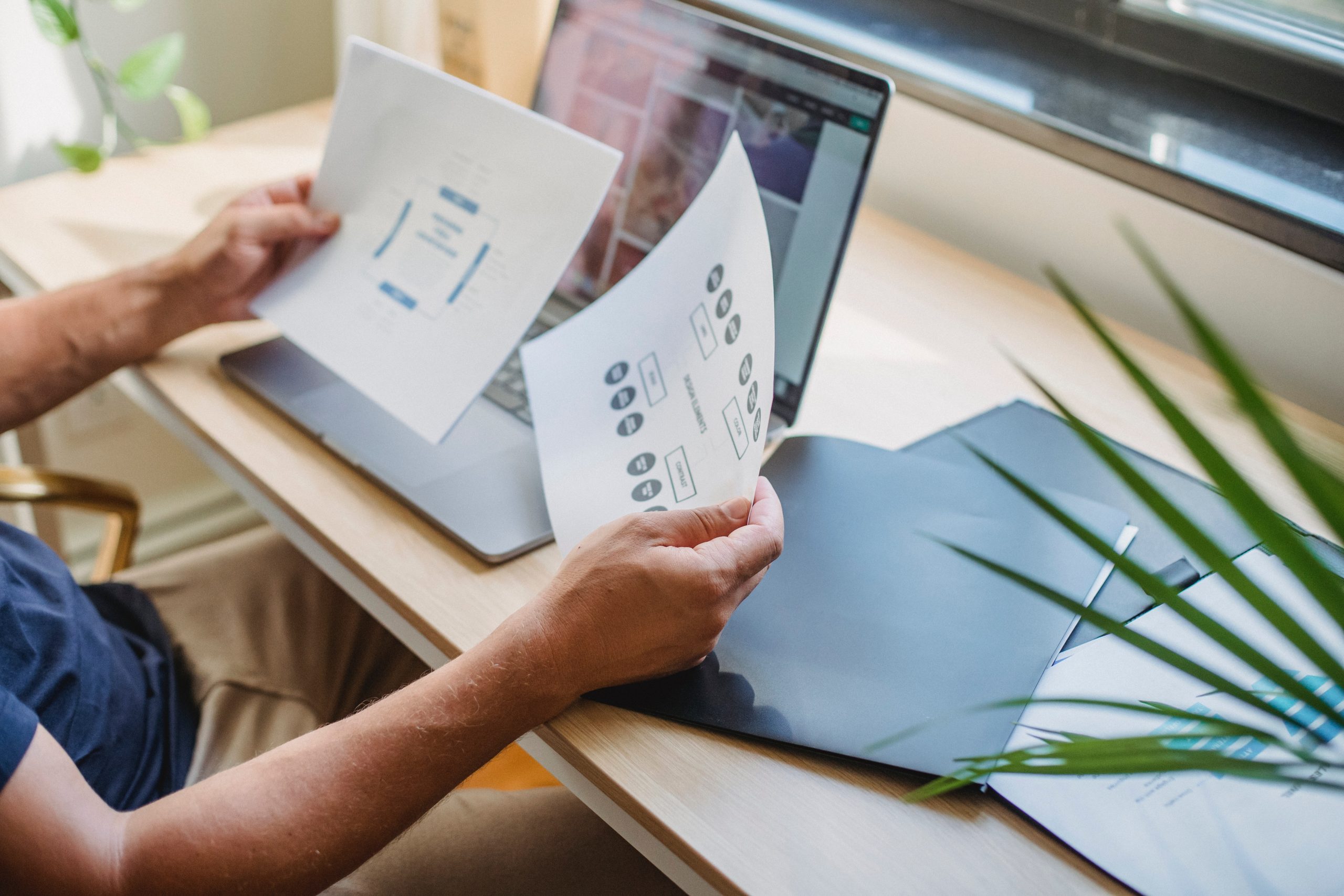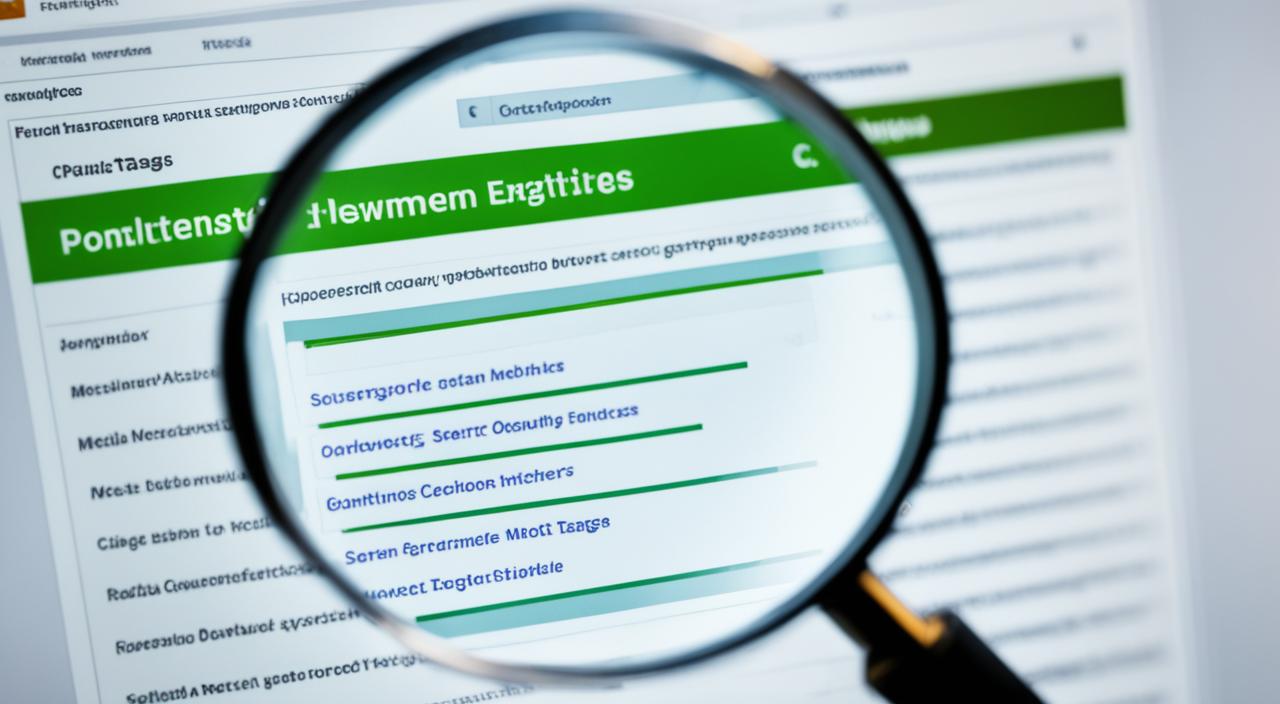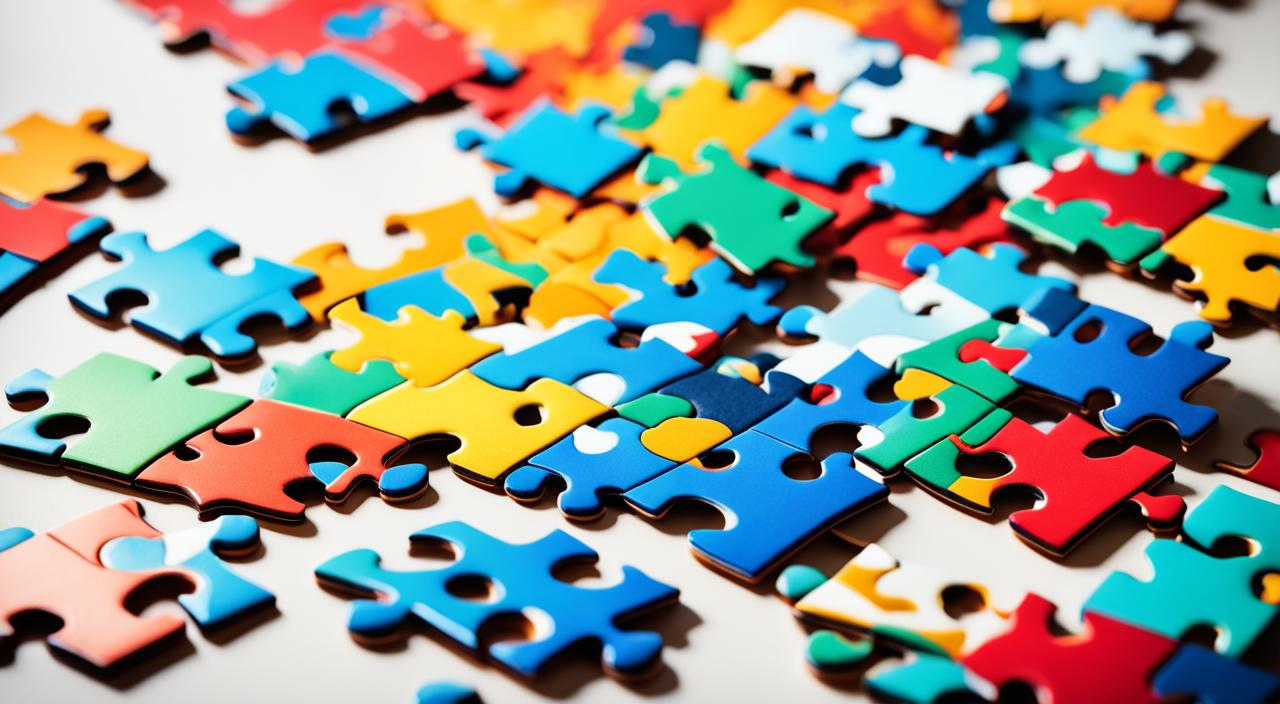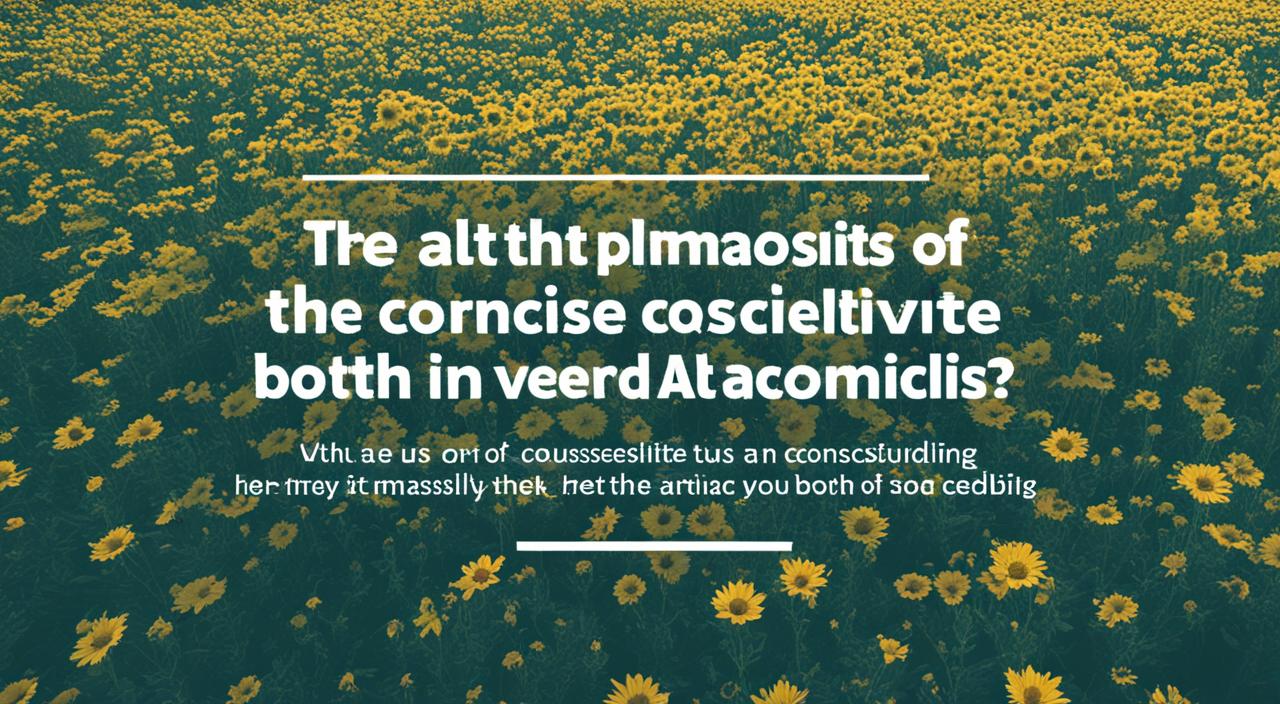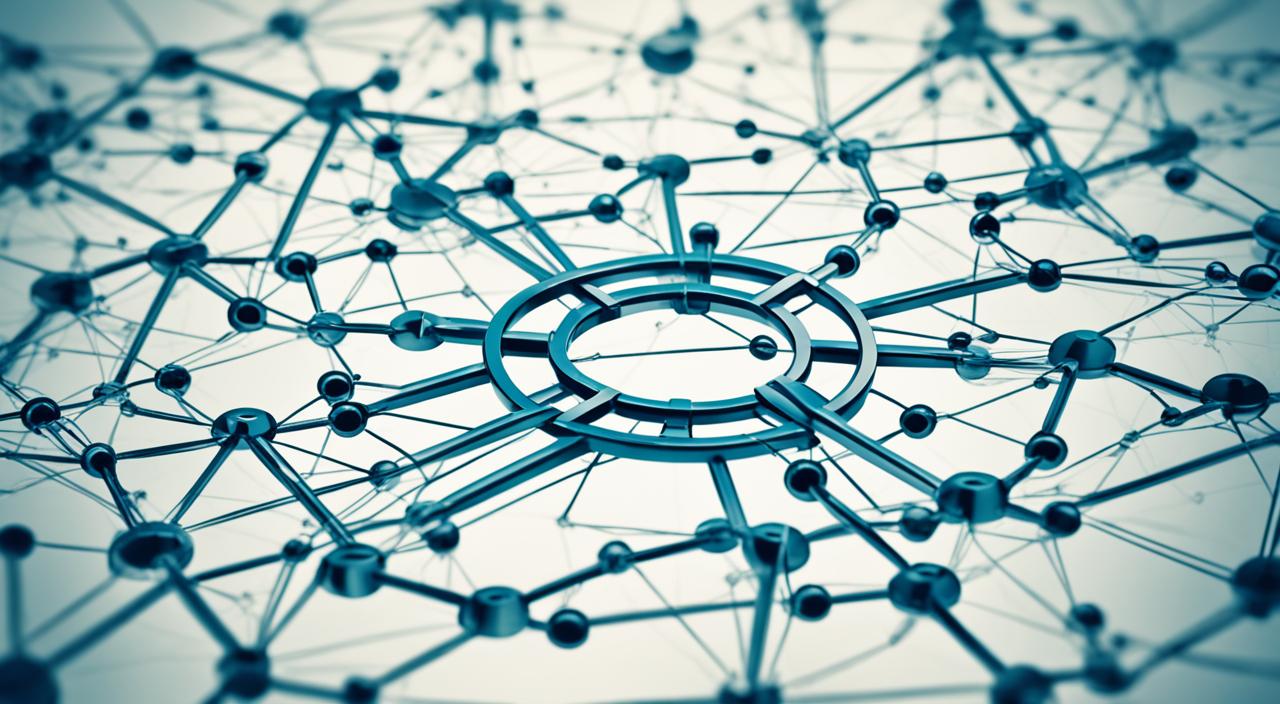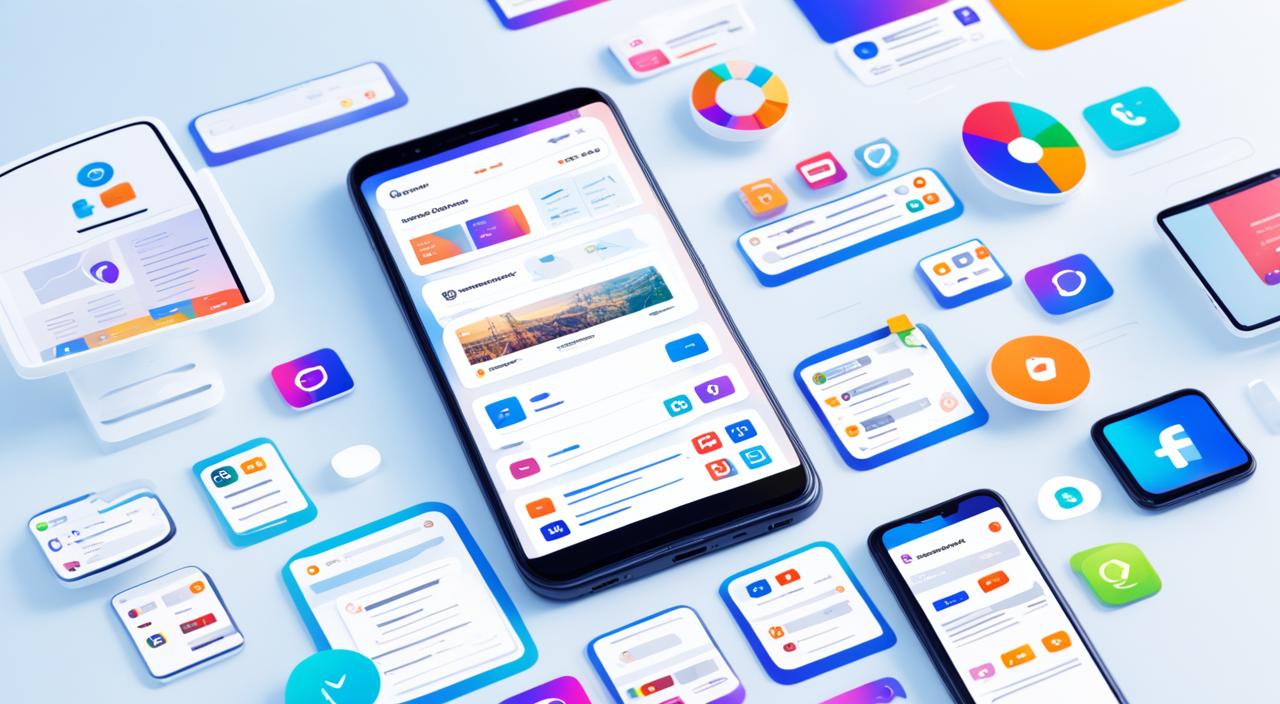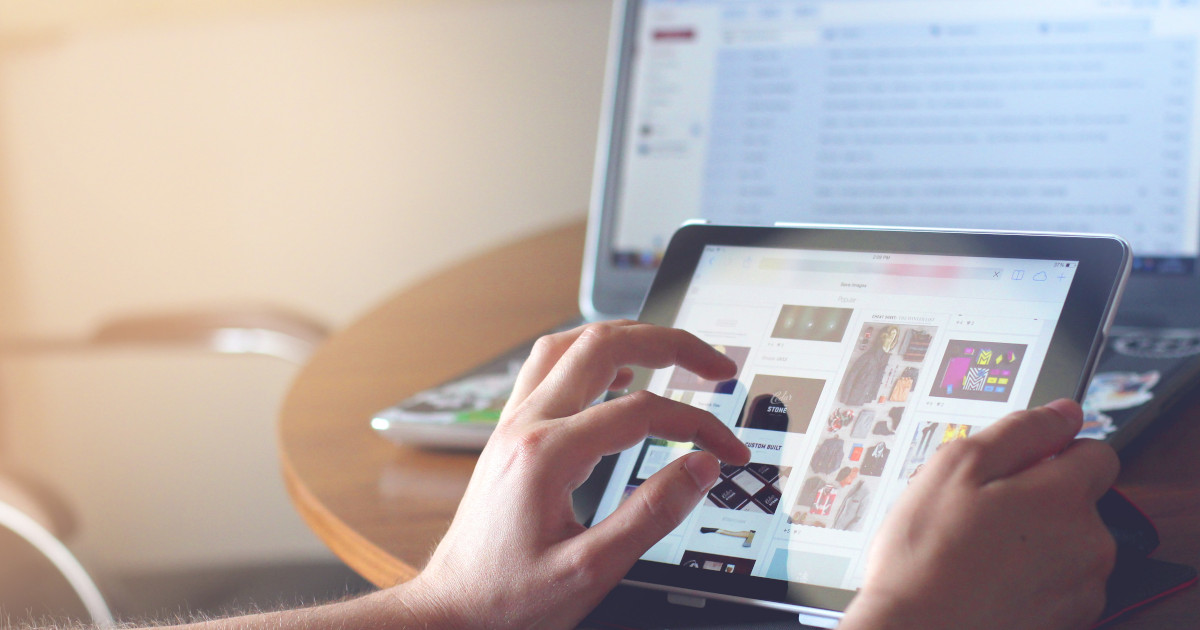
Web design elements and their main purpose
Web design is the creation of webpages with one primary goal: to mirror a company’s brand and to provide information in a user-friendly experience. The appearance and the structure are blended as vital elements whether you’re designing a simple website, mobile app or just maintaining the usual content on a web page.
In this article, we talk about web design in general, including what a web designer do and the common web design elements are used in the process.
What a web designer do?
Starting from a previously established concept, the web designer identifies the goals of a website or webpage and facilitates accessibility for all potential visitors. This process involves classifying content like text or images across multiple web pages and integrating applications with other interactive elements.
The professionals who perform this process are named web designers, and their job includes various tasks: selecting easy-to-read typography, choosing engaging color themes, implementing a brand’s identity, layout, creating a map of the website’s structure, placing images, logos, text, videos, applications and other elements.
Using HTML and CSS, a web designer is able to create layouts and to style pages. These days, the mobile optimized versions of websites and pages are mandatory. The visitor can have a pleasant experience for both desktop and mobile viewing.
There are two common web design approaches: adaptive and responsive design. In adaptive design, the website is created based on standard screen sizes as the frame for the layout. In responsive design, the content moves dynamically according to the screen size.
What are the elements of web design?
Layout
The layout dictates how the content is displayed on a page. Choosing the best layout for a website is an essential task for every web designer. It should be straightforward, intuitive and handy. Web designers usually utilize blank areas called white spaces to organize the elements of the site with grid-based structures to keep them in order.
Images
Images are used to provide additional information to the text. To create the desired effect, the web designers can choose images that complete each other and reflect the brand in the most favorable way.
Color theme
The color theme is a combination of colors. Usually, that is in harmony with the brand colors and related to the industry it represents. To achieve it, a dominant color and a few others is needed to create a palette. A color palette can be monochrome (different shades of the same color), matching (colors comparative to each other) or complementary.
Typography
The typography is the style or font of the text. Web designers choose one or a mixture that is engaging and easy to read. Is not very easy to make the best choice. The web designer should choose a font that corresponds to the target audience. Some websites may look better in serif fonts while others can use non-serif fonts, depending on the website’s niche, main purpose and typical visitor.
